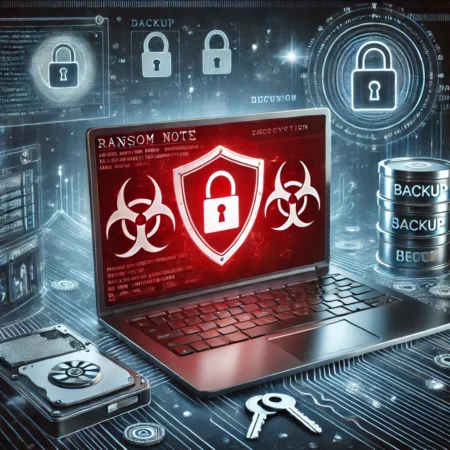Description
Centralizing Logs
At the heart of SIEM lies log management. Organizations generate vast amounts of log data from various sources, including servers, network devices, applications, and security tools. Centralizing these logs into a single repository is crucial for effective analysis and monitoring. This consolidation is typically achieved using log collectors or agents (e.g., Filebeat, Wazuh) that gather logs from disparate systems and transmit them to the SIEM platform. Centralization not only simplifies log management but also ensures that all relevant data is available for comprehensive security analysis.
Real-Time Incident Detection
One of the primary functions of a SIEM is to detect security incidents as they occur. This is accomplished through continuous monitoring and analysis of incoming log data. SIEM systems employ predefined and customizable rules to identify suspicious activities, such as multiple failed login attempts, unusual network traffic patterns, or unauthorized access attempts. Advanced SIEM solutions incorporate machine learning and behavioral analytics to detect anomalies that may indicate sophisticated threats. Real-time detection enables security teams to respond swiftly, minimizing potential damage and preventing the escalation of security incidents.
Event Correlation
Effective threat detection often requires correlating events from multiple sources to identify complex attack patterns that may not be evident when viewed in isolation. SIEM systems excel at event correlation by analyzing relationships between different log entries. For instance, a failed login attempt followed by a successful login from the same IP address within a short timeframe could indicate a brute-force attack followed by unauthorized access. By linking such related events, SIEMs provide a holistic view of security incidents, enabling more accurate threat identification and reducing false positives.
Configuration Steps
- Selection of SIEM Solution: Choose a SIEM platform that aligns with organizational needs, considering factors like scalability, ease of integration, and budget. Popular options include open-source solutions like the ELK Stack (Elasticsearch, Logstash, Kibana) integrated with Wazuh, and commercial offerings like Splunk Enterprise Security or IBM QRadar.
- Deployment and Setup: Install the SIEM on a dedicated server or cloud environment. Ensure the infrastructure meets the SIEM’s hardware and software requirements. Configure essential components such as log collectors, data storage, and visualization tools.
- Log Source Integration: Identify and configure log sources to forward their logs to the SIEM. This involves setting up agents or connectors on devices and applications to ensure seamless log transmission. Standardize log formats to facilitate easier parsing and analysis.
- Rule Configuration: Define and customize detection rules based on organizational security policies and threat intelligence. Start with default rules provided by the SIEM vendor and refine them to reduce false positives and align with specific security needs.
- Dashboard and Alert Setup: Create dashboards to visualize key security metrics and trends. Configure alerts to notify security teams of potential incidents through email, SMS, or integrated communication tools like Slack.
- Testing and Optimization: Conduct regular testing by simulating security incidents to validate the effectiveness of detection rules and alert mechanisms. Continuously refine configurations based on test outcomes and evolving threat landscapes.
Benefits
- Enhanced Visibility: Centralized log management provides a unified view of the entire IT environment, making it easier to monitor and analyze activities across all systems.
- Proactive Threat Management: Real-time detection and event correlation enable organizations to identify and respond to threats promptly, reducing the window of vulnerability.
- Compliance and Reporting: SIEMs facilitate adherence to regulatory requirements by automating log retention, monitoring, and reporting processes, thereby simplifying audits and compliance checks.
- Operational Efficiency: Automated log collection and analysis reduce the manual effort required for security monitoring, allowing security teams to focus on higher-level threat analysis and response.
Challenges and Considerations
- Resource Intensive: SIEM implementation can be resource-intensive, requiring significant investment in infrastructure, configuration, and ongoing maintenance.
- Complexity: Properly configuring a SIEM to minimize false positives and ensure accurate threat detection demands expertise and continuous tuning.
- Data Privacy: Centralizing logs may raise data privacy concerns, necessitating strict access controls and encryption to protect sensitive information.
Conclusion
Implementing a SIEM system is a strategic investment that significantly bolsters an organization’s ability to manage security effectively. By centralizing logs, enabling real-time incident detection, and correlating events from multiple sources, SIEMs provide the critical insights needed to defend against evolving cyber threats. While the initial setup and ongoing management require dedicated resources and expertise, the benefits of enhanced security visibility, proactive threat management, and streamlined compliance make SIEM an indispensable component of a robust cybersecurity strategy.





